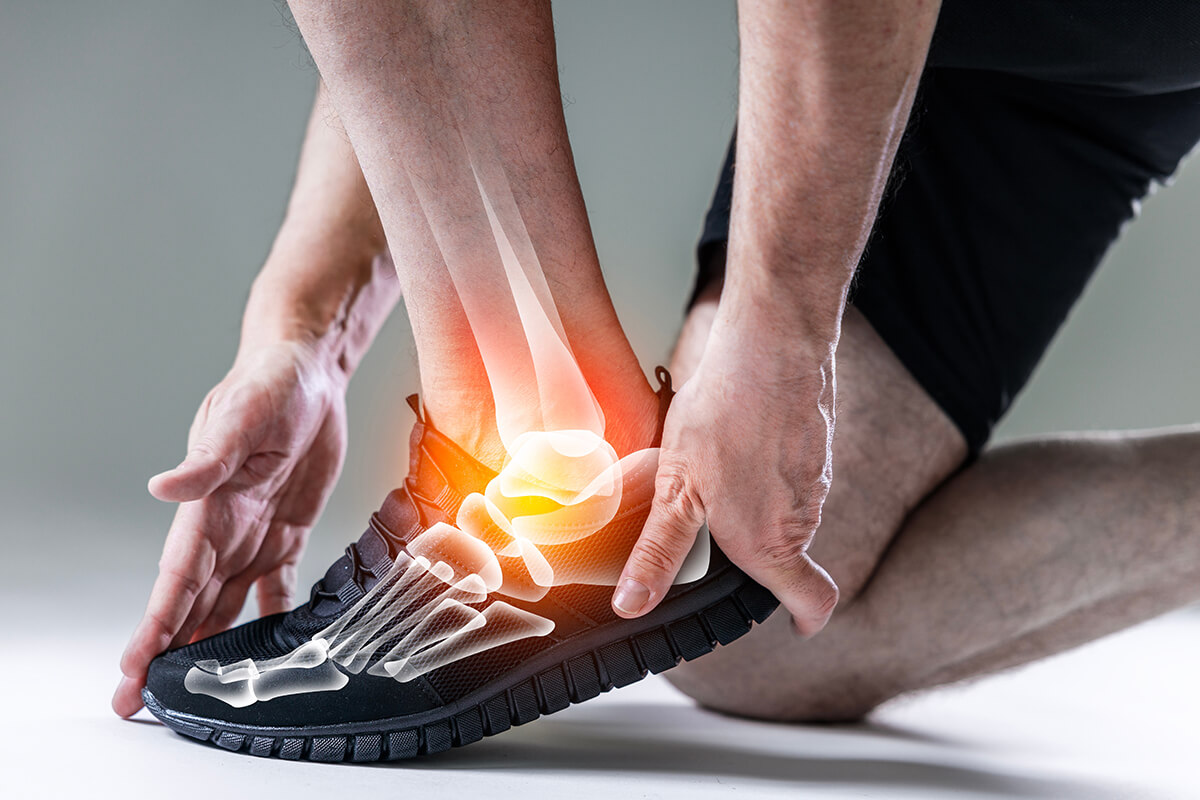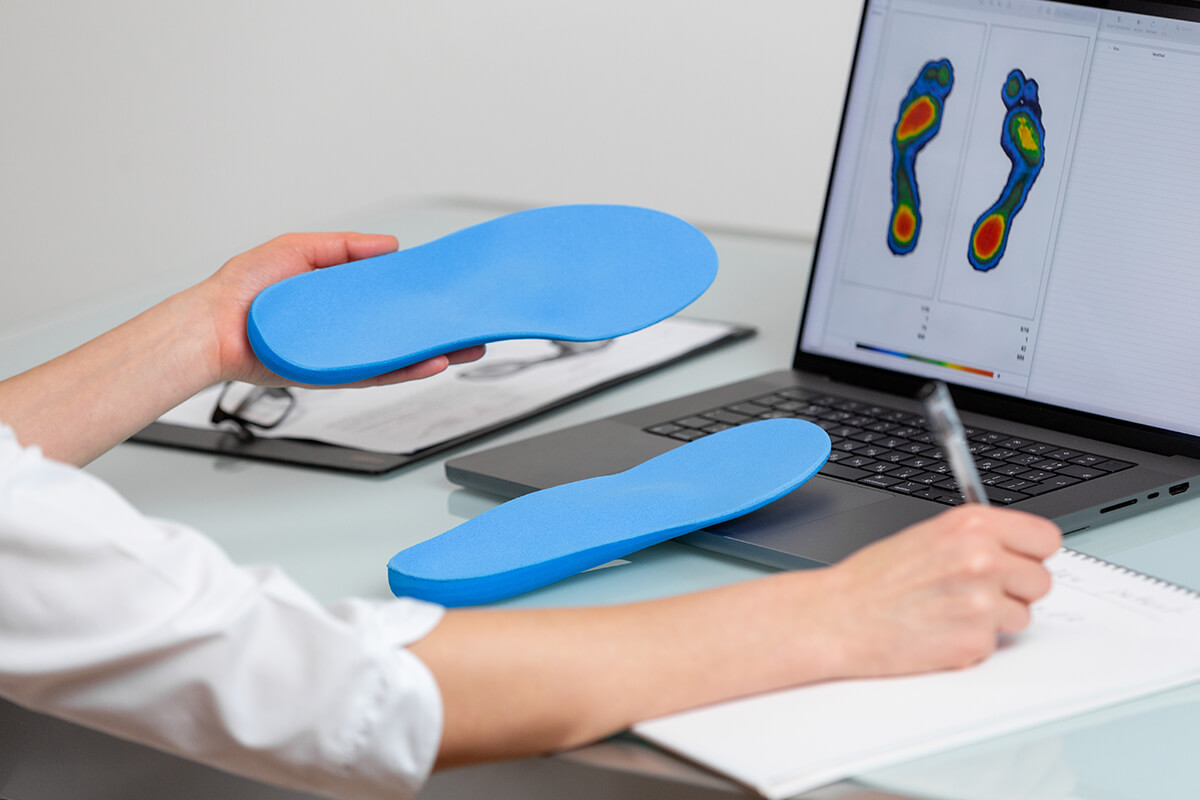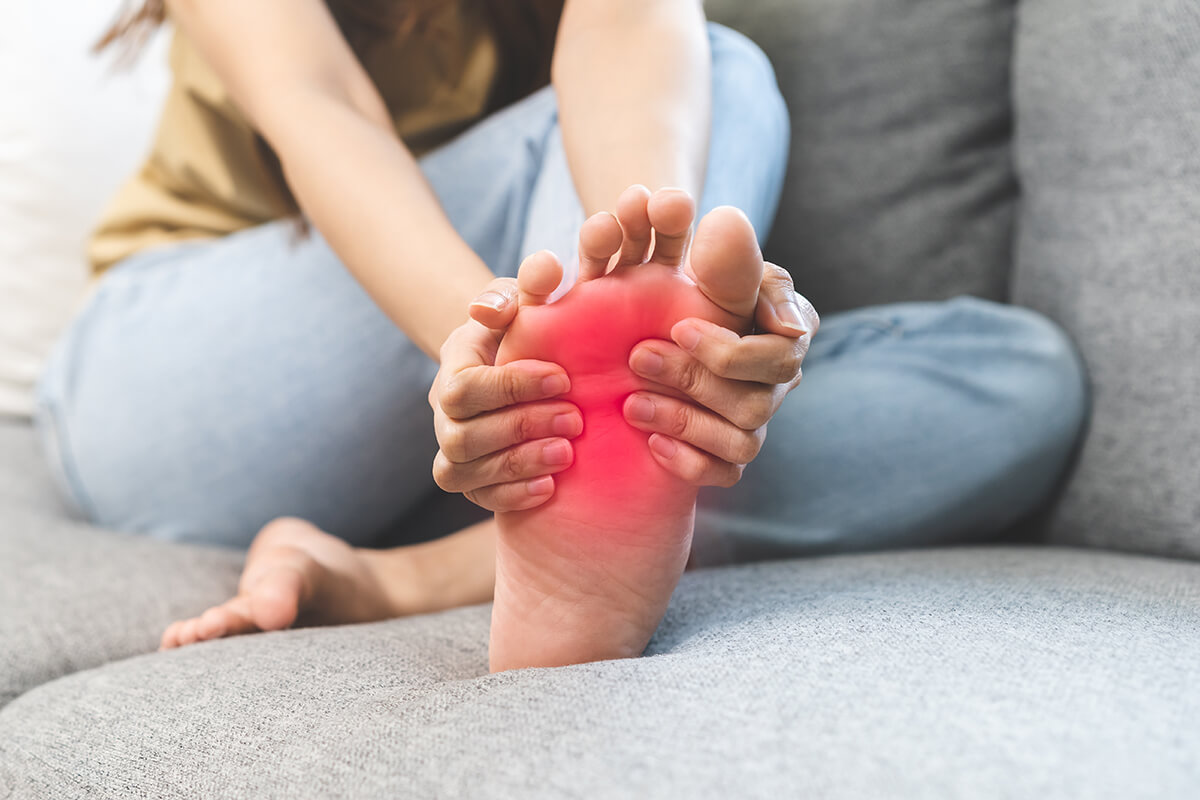20 Everyday Habits That Are Damaging Your Foot Health
Most people don’t think about their feet until they start hurting. However, daily habits can contribute to foot problems affecting mobility and comfort. Understanding these bad habits and making small changes can help keep your feet firm and pain-free.
The Importance of Foot Health
Your feet do more than just help you walk. They provide stability, support your weight, and absorb shock with every step. Poor foot health can cause knee, hip, and back pain.
How Feet Support Your Overall Health
Your feet carry your entire body weight throughout the day. If they are not properly supported, it can affect your balance and movement. Over time, poor foot health can cause joint pain, muscle strain, and posture problems.
Common Foot Problems Linked to Poor Habits
Ignoring foot care can lead to painful conditions such as bunions, corns, and plantar fasciitis. These problems often start small but can worsen if left untreated. Visiting a foot clinic regularly can help detect issues early and prevent serious complications.
Footwear Mistakes That Harm Your Feet

The shoes you wear have a significant impact on your foot health. Poor footwear choices can lead to pain, discomfort, and permanent foot deformities. Choosing the right shoes and replacing them when needed can make a big difference.
- Wearing Ill-Fitting Shoes
Too tight shoes can pinch your toes, leading to blisters, corns, and even bunions over time. Conversely, shoes that are too loose can cause your feet to slide around, creating friction and instability while walking. Without a proper fit, your feet may experience unnecessary strain, discomfort, and even long-term deformities. Choosing the correct shoe size ensures comfort, improves balance, and supports overall foot health.
2. Choosing the Wrong Footwear for Activities
Wearing high heels too often places excessive pressure on the balls of your feet, increasing the risk of joint pain and misalignment. Meanwhile, flip-flops and unsupportive flats provide minimal arch support, leading to foot fatigue and soreness. Every activity requires the proper footwear to provide stability, comfort, and shock absorption. Making informed choices about your footwear can help prevent injuries and long-term foot issues.
3. Wearing Shoes Without Arch Support
Your foot arches are critical in distributing body weight and absorbing impact while walking or running. Without proper arch support, you may develop painful conditions like plantar fasciitis, which causes persistent heel pain. A foot clinic can assess your foot structure and recommend custom orthotics tailored to your needs. Investing in supportive shoes or orthotics can improve posture, reduce strain, and enhance overall mobility.
4. Keeping Worn-Out Shoes Too Long
Over time, shoes lose their cushioning and become less effective at absorbing shock, leading to increased stress on feet and joints. Running shoes, for example, should be replaced every 300-500 miles to maintain proper support and protection. Due to the lack of shock absorption, wearing worn-out shoes can result in joint pain, shin splints, and even stress fractures. Regularly inspecting your footwear for wear and tear can help prevent discomfort and injuries.
5. Walking in Unsuitable Shoes for Extended Periods
If you spend hours walking in high heels or flat sandals, your feet can experience pain, inflammation, and strain. Prolonged use of unsupportive footwear can lead to sore heels, tight calf muscles, and achy arches. Over time, these issues can contribute to more serious conditions like plantar fasciitis or Achilles tendonitis. Alternating between different supportive shoes can help distribute pressure evenly and prevent long-term discomfort.
6. Walking Barefoot on Hard Surfaces
Walking barefoot on hard surfaces like tile, hardwood, or concrete puts excessive stress on your arches and heels. These surfaces offer no cushioning, leading to foot fatigue, heel pain, and even stress fractures over time. Without proper support, your feet are more vulnerable to plantar fasciitis and tendon inflammation. Wearing cushioned slippers or supportive indoor footwear can help protect your feet from unnecessary strain.
7. Ignoring Foot Pain and Discomfort
Foot pain is not normal and should never be ignored, as it often indicates an underlying issue. Persistent discomfort may be a sign of conditions like arthritis, tendonitis, or nerve damage that require medical attention. Ignoring these symptoms can lead to worsening pain and potential mobility issues in the future. Visiting a foot clinic can help identify the cause of your pain and provide effective treatment options.
8. Standing or Sitting for Long Periods Without Movement
Standing for too long can cause swelling, stiffness, and pain due to reduced foot circulation. On the other hand, sitting for extended periods can lead to numbness, poor blood flow, and muscle weakness in the lower limbs. Failing to move around regularly can contribute to foot discomfort and increase the risk of developing chronic pain. Short breaks to stretch, walk, or shift positions can improve circulation and reduce foot strain.
9. Overusing Your Feet Without Proper Recovery
Engaging in high-impact activities like running or jumping without adequate rest can overwork the muscles and tendons in your feet. Continuous strain can lead to inflammation, pain, and even stress fractures if recovery is neglected. Without sufficient downtime, your feet may not heal properly, making them more susceptible to injuries. Incorporating rest days, stretching, and foot massages can promote recovery and long-term foot health.
10. Not Practicing Proper Foot Hygiene
Failing to wash and dry your feet thoroughly can lead to fungal infections like athlete’s foot, which thrives in damp environments. Moisture trapped between the toes creates the perfect breeding ground for bacteria, causing unpleasant odours and infections. Keeping your feet clean and dry is essential for preventing skin issues and maintaining overall foot health. Using antibacterial soap and changing socks regularly can further help prevent infections.
11. Cutting Toenails Incorrectly
Trimming toenails too short or cutting them at an angle can cause painful ingrown toenails. If left untreated, ingrown nails can become inflamed and infected, requiring medical intervention. To prevent this, toenails should be trimmed straight across rather than rounded at the edges. Keeping nails at a moderate length and filing rough edges can also reduce the risk of irritation and discomfort.
12. Neglecting to Moisturize Your Feet
Dry skin on the feet can lead to painful cracks, rough patches, and increased infection susceptibility. Without proper hydration, the skin on your heels and soles may become thick, flaky, and uncomfortable. Applying a moisturizer regularly, especially after bathing, helps maintain soft, smooth skin. Using a thick cream before bedtime and wearing socks overnight can enhance hydration and prevent heel cracking.
13. Forgetting to Exfoliate Your Feet
Dead skin buildup can cause calluses, rough heels, and discomfort while walking. Exfoliating with a foot scrub or pumice stone helps remove dead skin cells and keeps your feet feeling smooth. Regular exfoliation, done once or twice a week, prevents painful cracks and reduces the risk of bacterial buildup. Combining exfoliation with moisturizing ensures healthier and softer feet.
14. Failing to Stretch and Strengthen Your Feet
Weak foot muscles can lead to instability, poor balance, and an increased risk of injuries. Stretching and strengthening exercises improve flexibility, reduce tension, and support overall foot function. A foot clinic can recommend targeted exercises to enhance strength and address any existing weaknesses. Regular foot workouts can prevent pain, improve mobility, and enhance endurance for daily activities.
15. Walking with Poor Posture
Slouching or walking with improper alignment places unnecessary strain on your feet, leading to discomfort and fatigue. Over time, poor posture can cause misalignment in the ankles, knees, and hips, worsening foot pain. Maintaining proper posture helps distribute weight evenly and reduces stress on the feet. Practicing good walking habits, such as keeping your back straight and shoulders relaxed, can improve overall foot health.
16. Running or Exercising Without Proper Warm-Ups
Jumping straight into intense physical activity without warming up increases the risk of muscle strains and foot injuries. Cold muscles and tendons are less flexible and more prone to sprains, making warm-ups essential for injury prevention. Stretching before exercising improves circulation and prepares your feet for movement. Spending just a few minutes on dynamic stretching can significantly reduce the risk of foot-related injuries.
17. Overloading Your Feet with Excess Weight
Carrying extra weight puts additional pressure on your feet, leading to fatigue, pain, and an increased risk of conditions like plantar fasciitis. The heavier the load, the more strain your arches and joints endure, causing discomfort during daily activities. Over time, excess weight can contribute to joint degeneration and foot deformities. Maintaining a healthy weight helps reduce stress on the feet, improves balance, and enhances mobility.
18. Wearing High Heels Too Often
High heels force your feet into an unnatural position, straining the toes, arches, and ankles. Frequent use can lead to long-term issues like bunions, hammertoes, and chronic foot pain. While occasional use is fine, relying on high heels daily can cause permanent foot damage. Opting for lower heels, cushioned insoles, or supportive shoes can reduce the strain on your feet.
19. Consuming Too Much Sugar and Processed Foods
A diet high in sugar and processed foods can trigger inflammation, leading to foot pain and joint stiffness. Excessive sugar intake is linked to conditions like gout and arthritis, which can make walking painful. Eating nutrient-rich, anti-inflammatory foods helps support joint and foot health. A well-balanced diet improves circulation, reduces swelling, and promotes overall foot wellness.
20. Not Drinking Enough Water
Dehydration can lead to muscle cramps, stiffness, and poor circulation, all affecting foot health. Without enough water, your feet may feel tired, swollen, or achy, especially after long periods of standing or walking. Staying hydrated keeps your muscles flexible and supports proper joint function. Drinking adequate water each day keeps your feet comfortable and helps you avoid cramps.
Take Care of Your Feet with Oriole Physiotherapy and Rehabilitation Centre

If you’re experiencing foot pain or discomfort, visiting a foot clinic in North York can help. Oriole Physiotherapy and Rehabilitation Centre offers expert care to address foot-related issues. Prioritize your foot health today by scheduling an appointment with experienced professionals who can provide the treatment and guidance you need. Call us today at (416) 221-0772.

